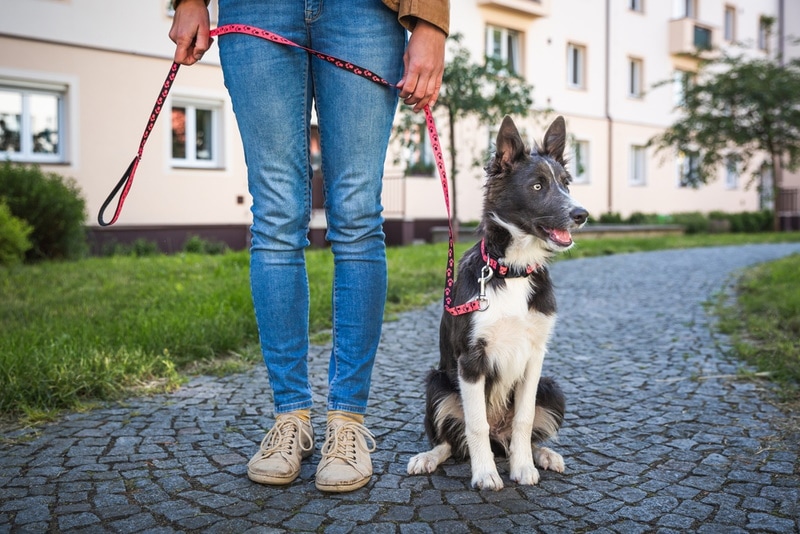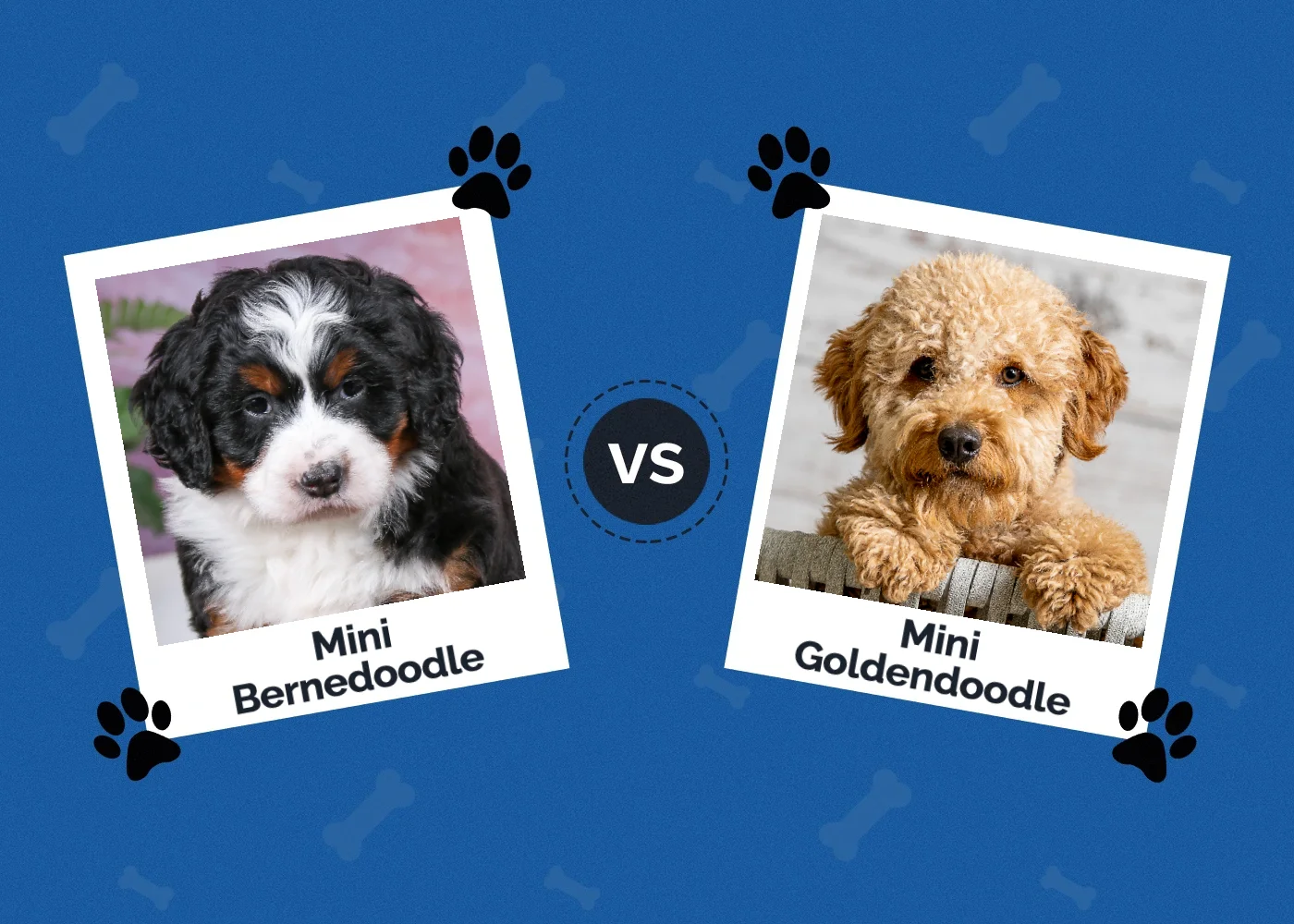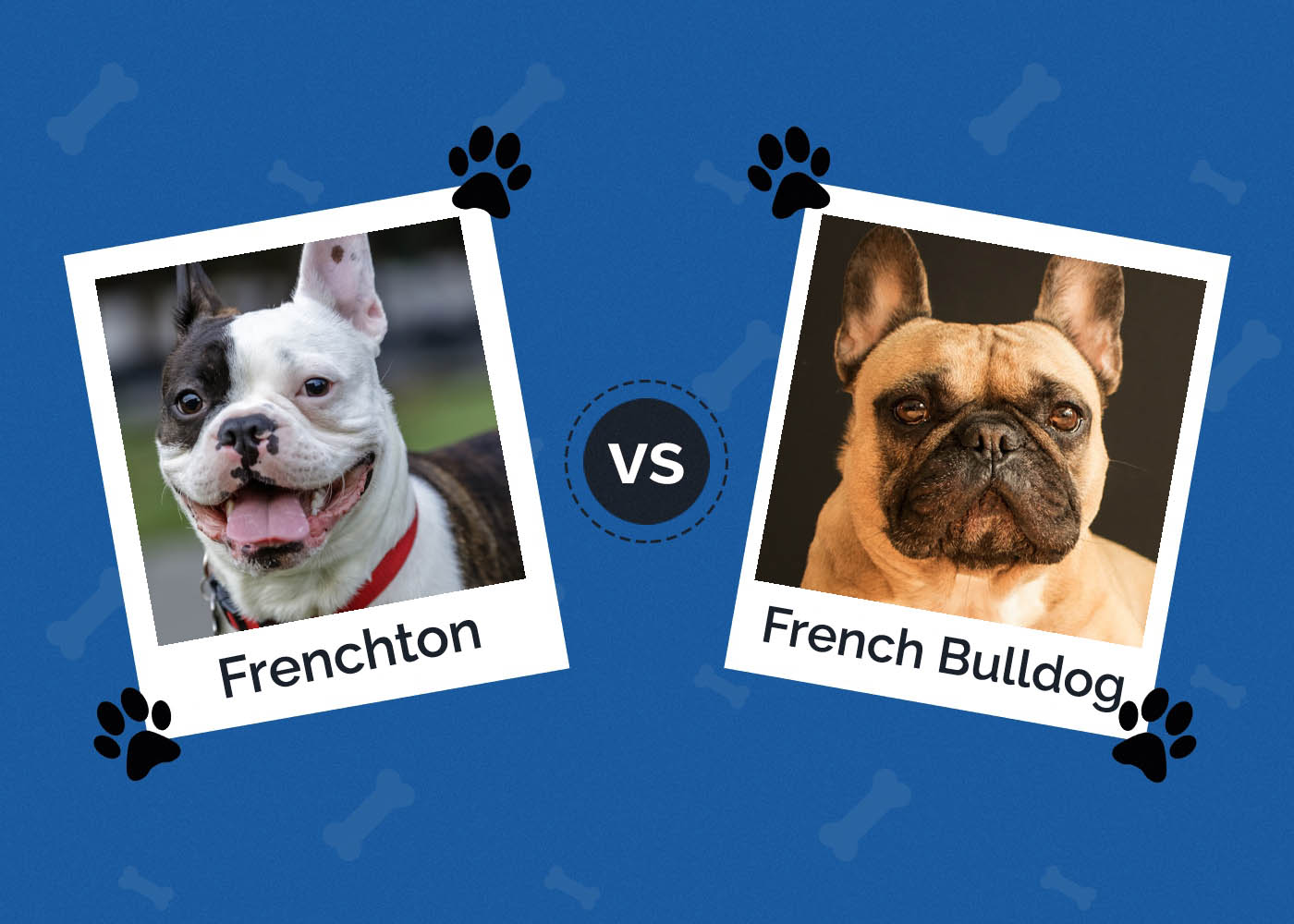Are Short-Haired Shelties Real? Breed Facts & FAQ
Updated on
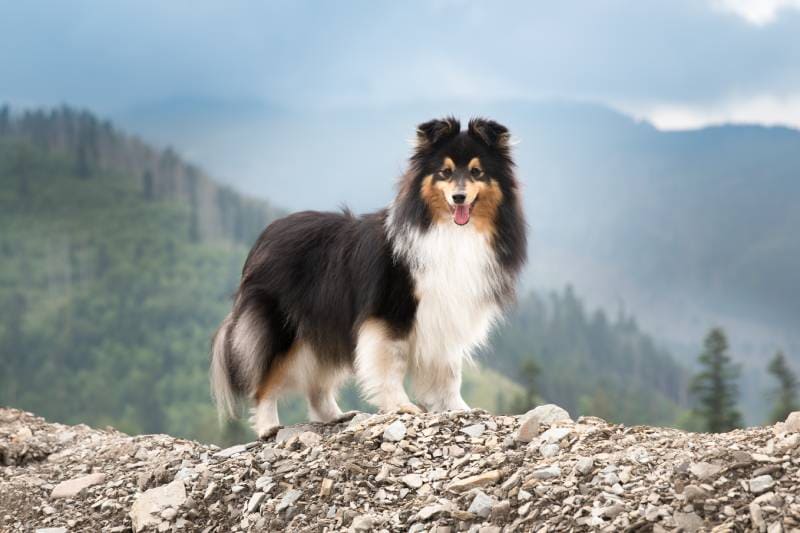
Click to Skip Ahead
The Sheltie (Shetland Sheepdog) is a beautiful dog that makes a wonderful pet. If you’ve been debating on adding this breed to your family but aren’t sure about tackling all that fur, this likely has led you to wonder if there are short-haired Shelties. The answer is no, Shelties do not have short hair; they are only seen with long double coats.
Let’s get into everything Sheltie and discuss the possibility of short coats on these dogs and why their coats are so thick to begin with.
Why Don’t Shelties Have Short Hair?
There aren’t any short-haired Shelties, so if you happen to spot a dog that looks like a Sheltie but has short hair, they’re likely a mixed breed. It could be because of genetics—perhaps one of their parents happened to have shorter hair—but this is the exception and not the rule.
Another factor that can keep a Sheltie’s coat short is age. Many Shelties do not come into their full coats until they are 2 years old, and even up to 4 years old is not unheard of. So, a smooth-coated Sheltie could just be a young dog.
If you see a Sheltie with short hair, they may have been clipped short. But you should know that unless it’s absolutely necessary, such as having a severely matted coat, Shelties should never be shaved down.
According to the AKC,1 “Coat short or flat, in whole or in part; wavy, curly, soft or silky. Lack of undercoat. Smooth-coated specimens,” are all considered faults for Shetland Sheepdogs. Basically, short coats on Shelties are not encouraged.
So, a few reasons you might spot a short-haired Sheltie could be that it’s the result of genetics, there’s been a change in the weather and they have blown their coat, they have a health condition, their hair has been shaved off, they are a working dog, they are a young dog, or they are a mixed breed.
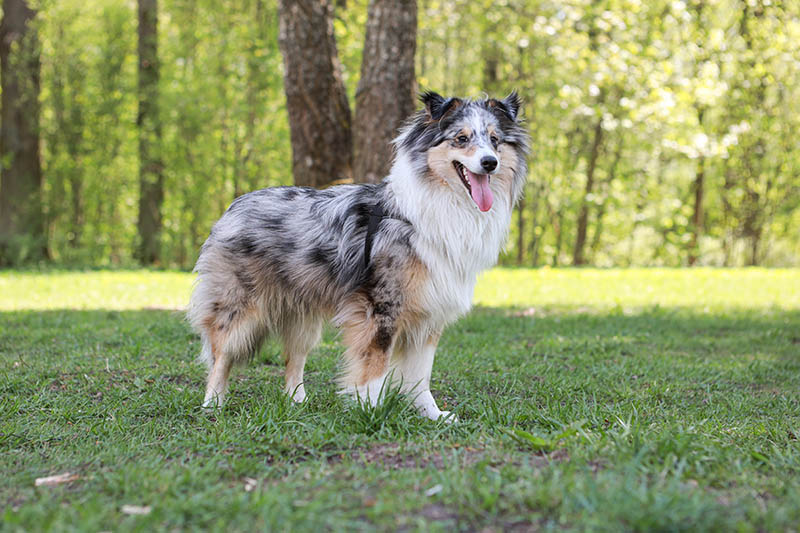
Why Do Shelties Have Such Thick and Long Coats?
Shelties have such thick coats because they are double coated. Shetland Sheepdogs get their name from where they originated: Scotland’s Shetland Islands. They were bred to assist farmers and would herd sheep, poultry, and even ponies.
Shetland is a windy and cold place most of the time, and this breed was developed to be smaller than the Collie, which also originated in Scotland. Shelties eat less than Collies, but their coats still had to be thick enough to protect them from the climate.
Interestingly, Shetland ponies are also small in size and have thicker and shaggier coats than most other ponies.
How Does the Sheltie’s Coat Work?
The undercoat is short, soft, and quite dense, which is part of the reason that a Sheltie’s coat looks so plush. The outer coat is straight, long, and fairly rough, with feathering on the legs and a ruff of hair around the neck and chest.
The soft undercoat grows much faster than the outer coat, so it sheds frequently, particularly during the fall and spring shedding seasons. Undercoats work to protect the dog from both hot and cold weather.
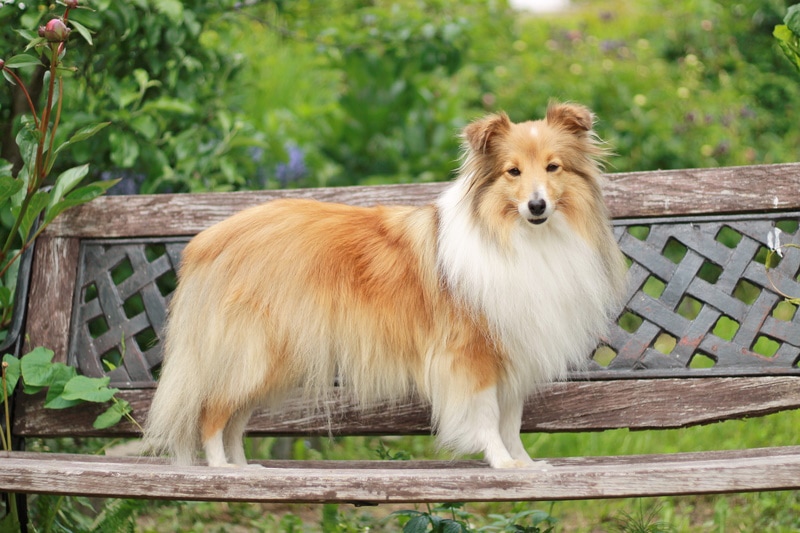
Why Can’t We Shave Double-Coated Dogs?
When any dog with a double coat is shaved, it can actually make them hotter in the summer months. The undercoat is very effective at insulating them from the heat. Shaving them also makes them more susceptible to sunburn, and of course, they will be colder in the winter.
While the coat will grow back, shaving it can do long-term damage. The undercoat will grow back faster than the outer coat and can crowd out the guard hairs that are part of the outer coat. The dog’s entire appearance might end up looking unattractive and patchy.
Are Shelties Difficult to Groom?
Shelties are not necessarily difficult to groom, but they do require a moderate amount of brushing. You can expect to brush the Sheltie at least once a week, but more often would be better.
During the summer and fall, when Shelties blow out their coat (when they start shedding to the point that you’ll see hair flurries in the house), you’ll need to brush them more frequently. If you brush them daily, you can remove the bulk of the hair that would normally be all over your home.
It’s imperative to stay on top of brushing dogs like the Sheltie. If they start to develop mats, these can pull painfully at the dog’s skin. Grooming is also a great way to bond with your dog.
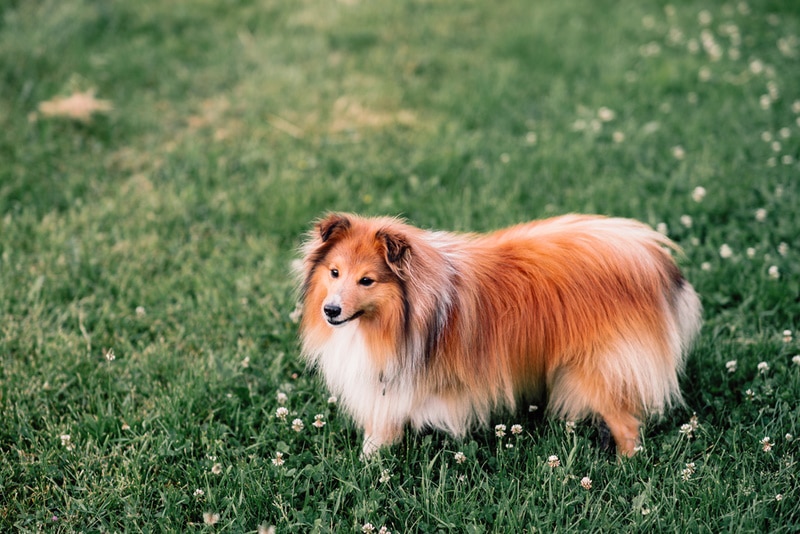
Do Shelties Make Good Family Pets?
Shetland Sheepdogs are affectionate and sensitive dogs that are gentle and loyal and get along well with all family members, including children. They are also protective of their family and are known to be barkers, so they make excellent watchdogs. While they are wary of strangers, they are never aggressive.
Shelties are also energetic and need a family to keep up with them. They require a minimum of 1 hour of exercise every day, but more would be better. They do exceptionally well in obedience, tracking, agility, and herding, so your Sheltie could really thrive if you enrolled them in canine events.
Shelties need to be leashed at all times when outside because like other herding breeds, they will chase anything that moves. They are also known to be quite intelligent and among the easiest dogs to train. That said, every dog is unique, and you might end up with a calm and gentle pet or an excitable powerhouse.
Conclusion
It is understandable if people believe that Shelties can be either rough or smooth coated, since their larger cousin, the Collie, comes in both. But as much as Shelties look like miniature Collies, they differ in that they do not naturally have smooth coats.
There are all kinds of reasons that you might see a short-haired Sheltie: grooming, genetics, health, mixed breed, and even their age.
But ultimately, the hair doesn’t matter, besides that owning a double-coated breed means being dedicated to maintaining that glorious coat. The temperament of the dog and how well they fit in with your family is far more important than how they look.
Featured Image Credit: Lisjatina, Shutterstock

